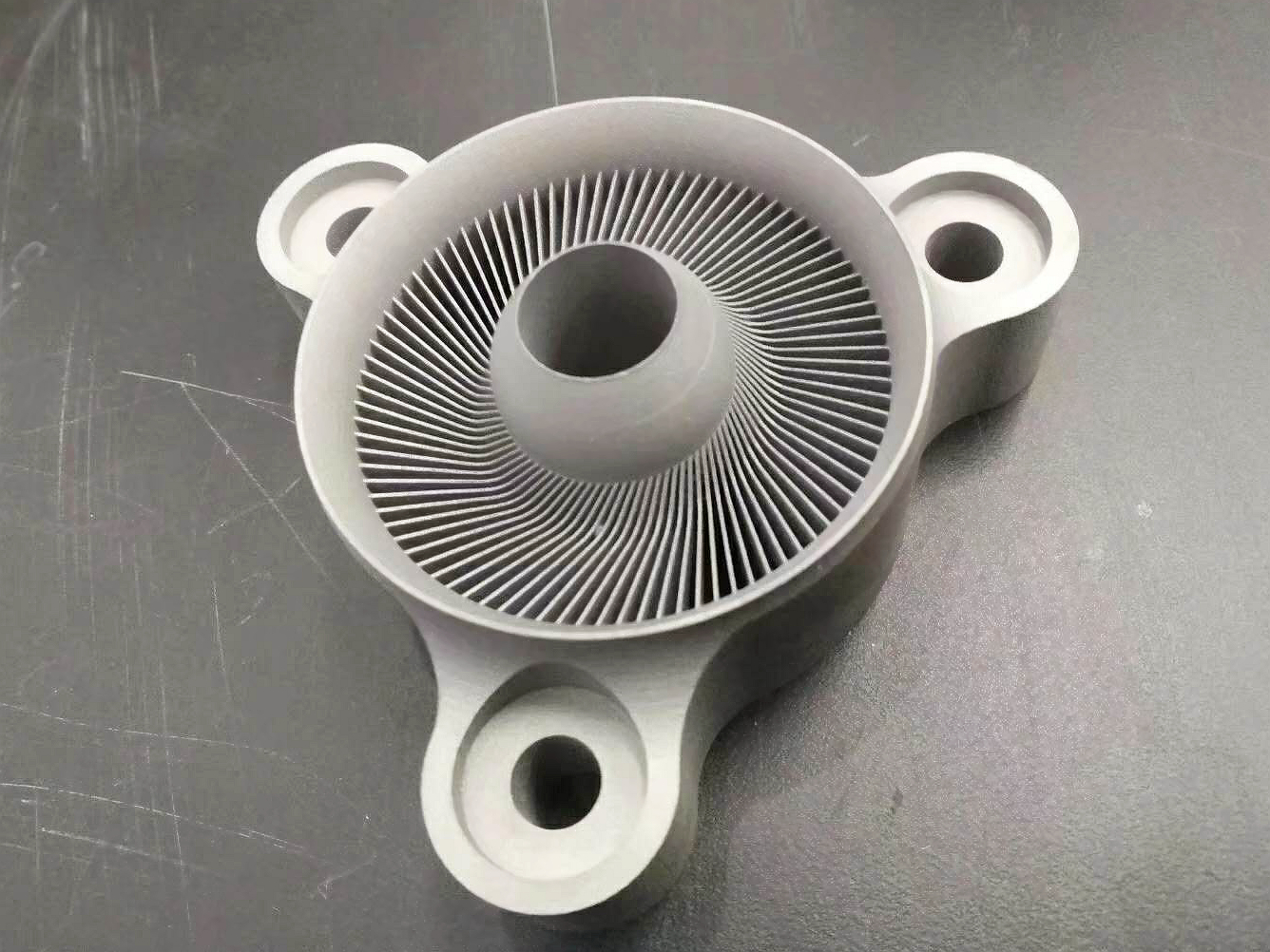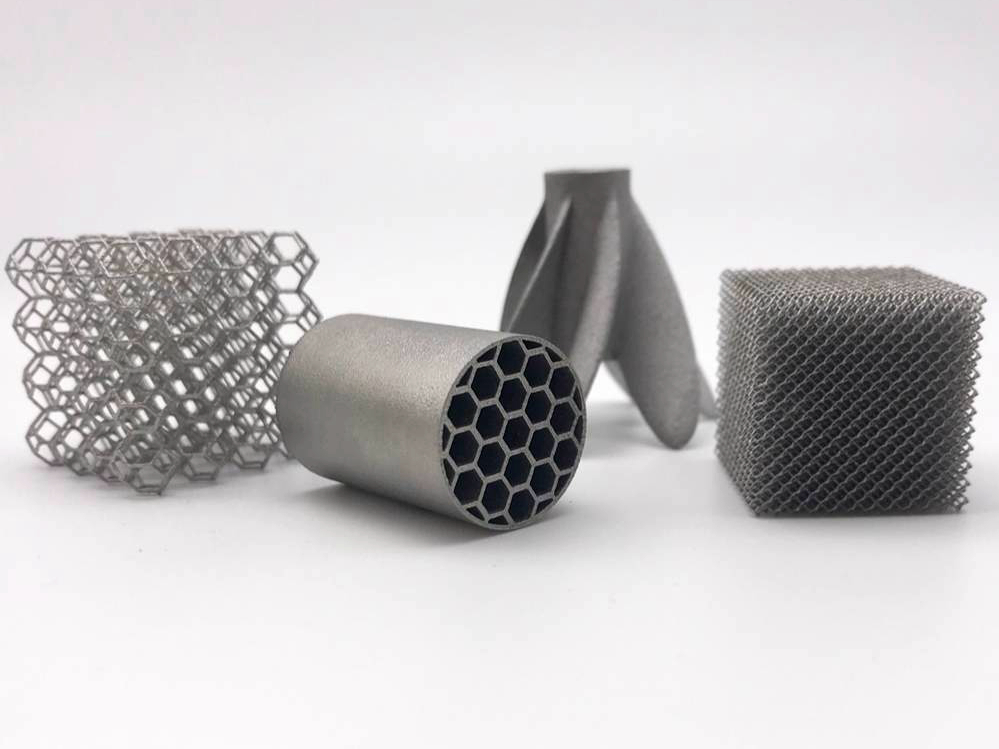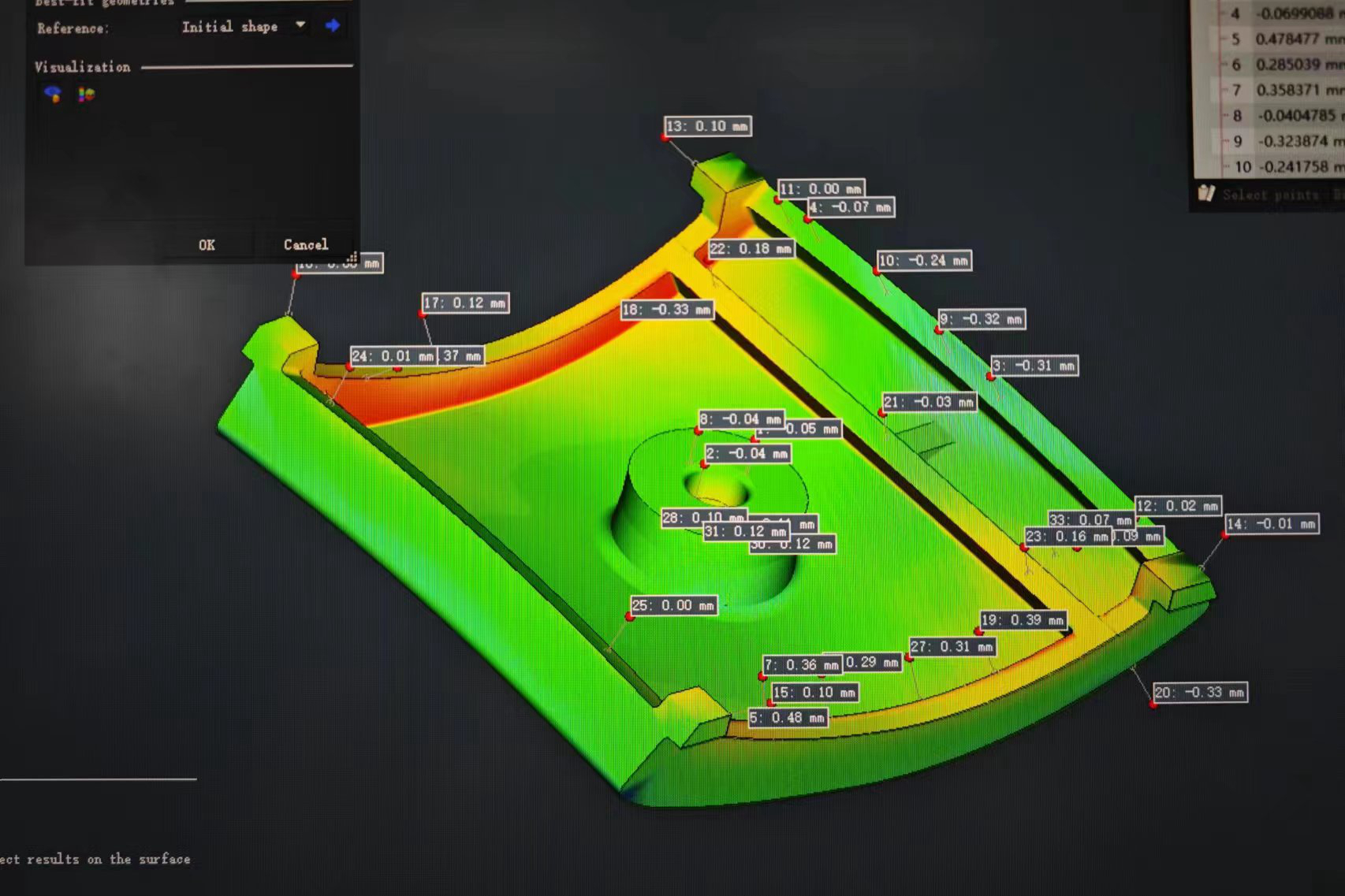What 3D printing technologies are most suitable for stainless steel?
What 3D Printing Technologies Are Most Suitable for Stainless Steel?
1. Powder Bed Fusion (PBF)
Powder Bed Fusion is the most widely used and proven technology for stainless steel additive manufacturing. It offers high resolution, excellent density (>99.5%), and the ability to produce complex geometries. The two main variants are:
Selective Laser Melting (SLM) Uses a high-power laser to fully melt stainless steel powders such as SUS316L, SUS17-4PH, and SUS304. SLM is ideal for high-strength components in aerospace, medical, and industrial tooling.
Direct Metal Laser Sintering (DMLS) Similar to SLM, but may operate with slightly different energy profiles and powder flow parameters. It is equally suitable for stainless steels used in complex, custom parts with internal channels or fine detail.
2. Binder Jetting
Binder Jetting builds parts by selectively depositing a binder onto a stainless steel powder bed. Parts are then sintered to achieve density and strength.
Advantages:
High speed and scalability
No thermal stress during printing
Ideal for cost-effective low-volume production
Suitable Alloys: SUS316L, SUS17-4PH, and SUS420
Use Cases: Heat exchangers, tooling inserts, filtration housings, and automotive brackets.
3. Directed Energy Deposition (DED)
Directed Energy Deposition (DED) is used for large-format stainless steel parts, surface restoration, and feature addition.
Advantages:
High deposition rate
Suitable for repairs or part augmentation
Compatible with wire and powder feedstock
Applications: Repair of stainless molds, aerospace structural reinforcement, and heavy industrial components made from SUS410 or SUS420
4. Metal Material Extrusion (Bound Metal Deposition)
An emerging technique that extrudes filament made of metal powder bound in polymer. After printing, the part undergoes debinding and sintering. Though still maturing, it offers a lower-cost alternative for prototyping and educational use.
Limitations:
Lower final density than PBF or DED
Not ideal for high-performance applications
More suitable for non-critical tooling or form-fit prototypes
Recommended Stainless Steel 3D Printing Services
Neway provides industry-grade stainless steel 3D printing across multiple technologies:
SUS316L: For medical and corrosion-resistant parts
SUS17-4PH: For high-strength aerospace and industrial use
CNC Machining: For precision finishing
Heat Treatment and HIP: For strength optimization and internal defect removal



